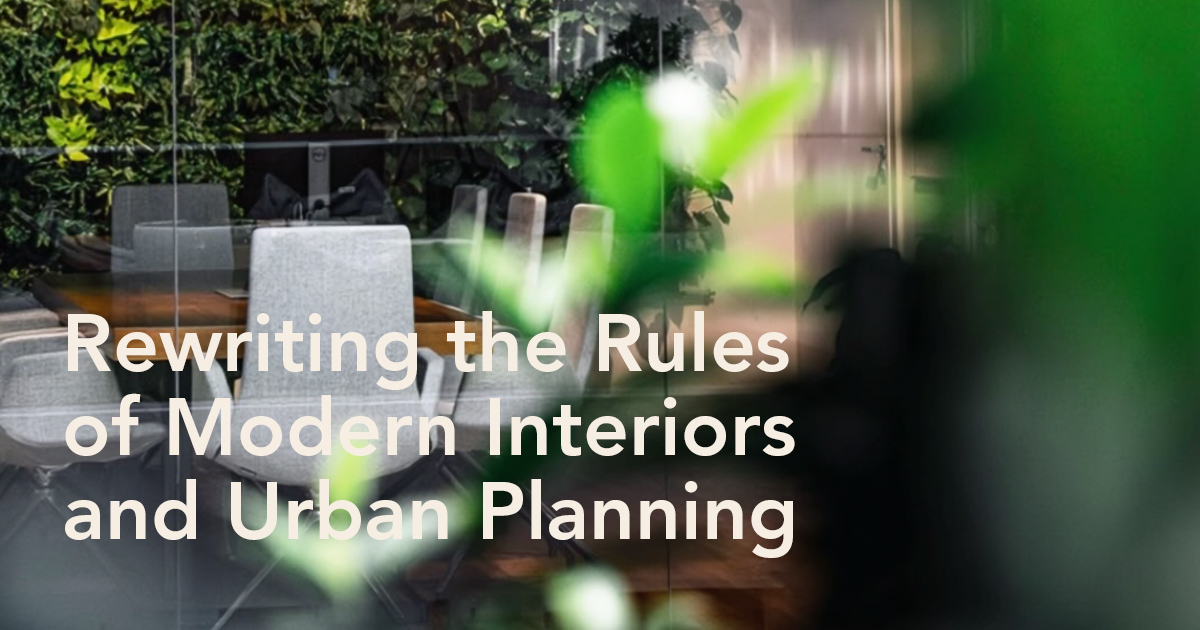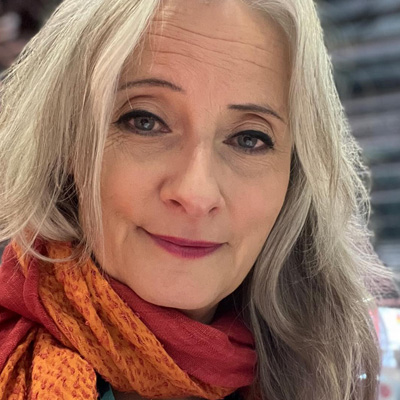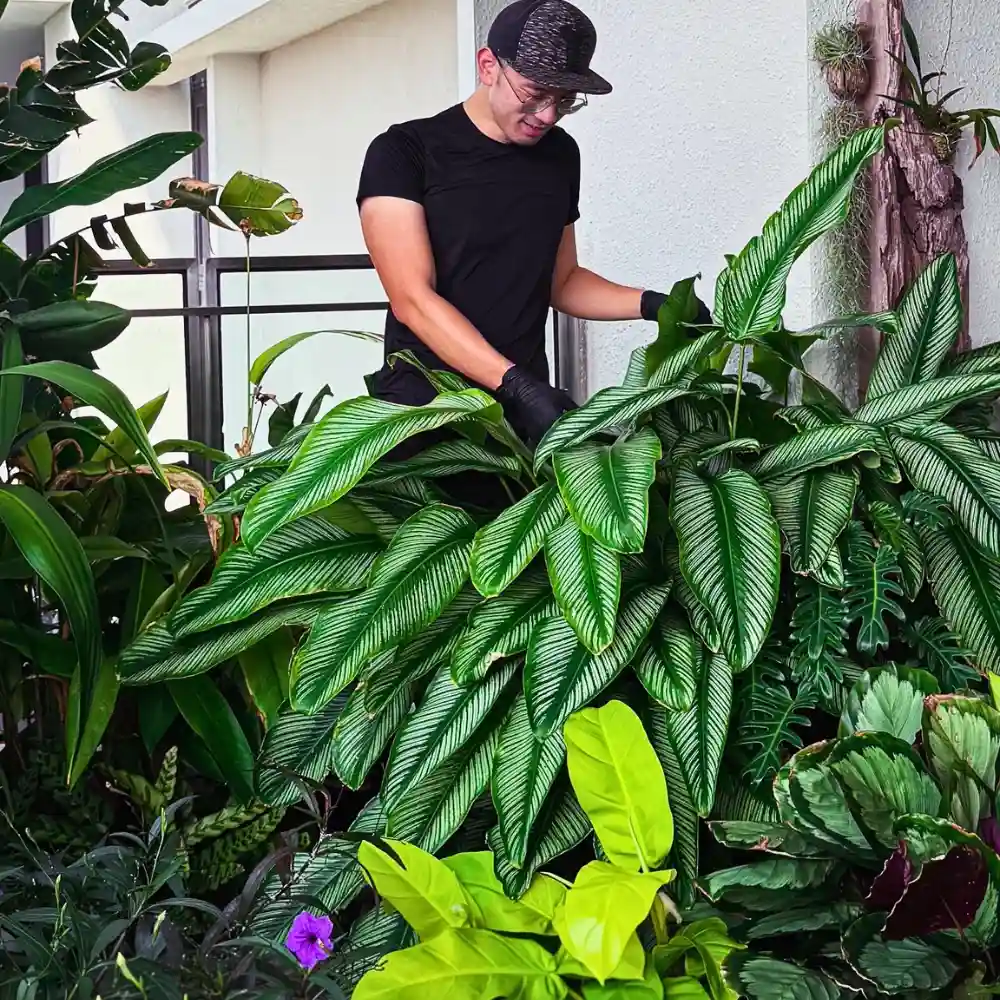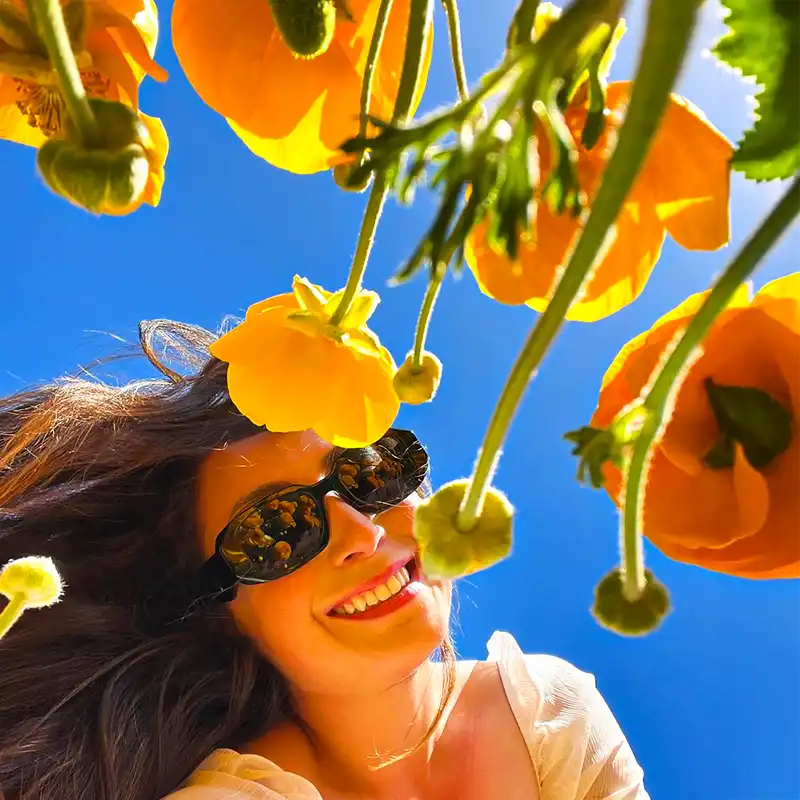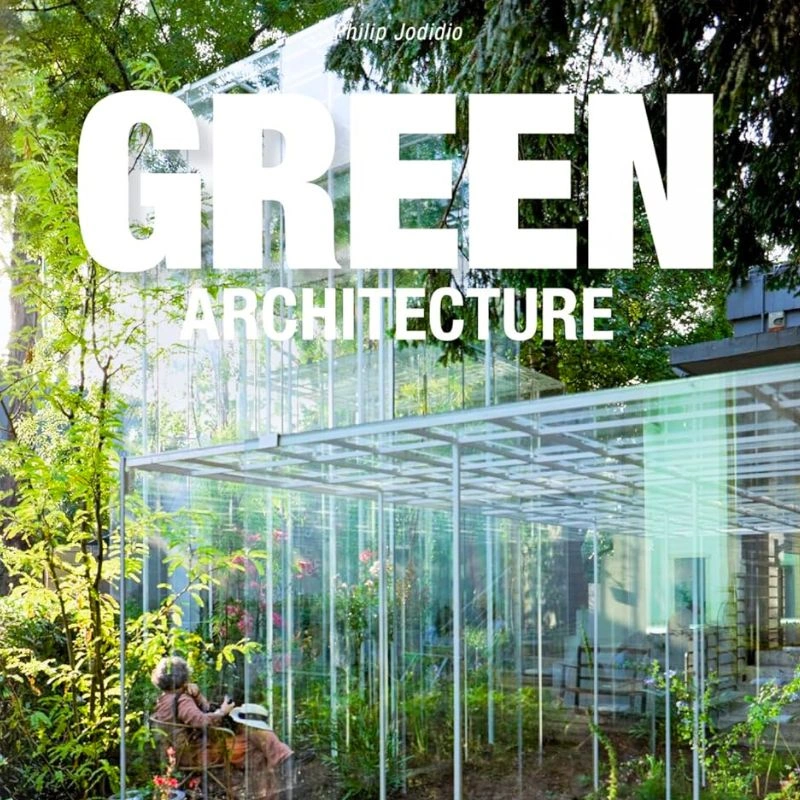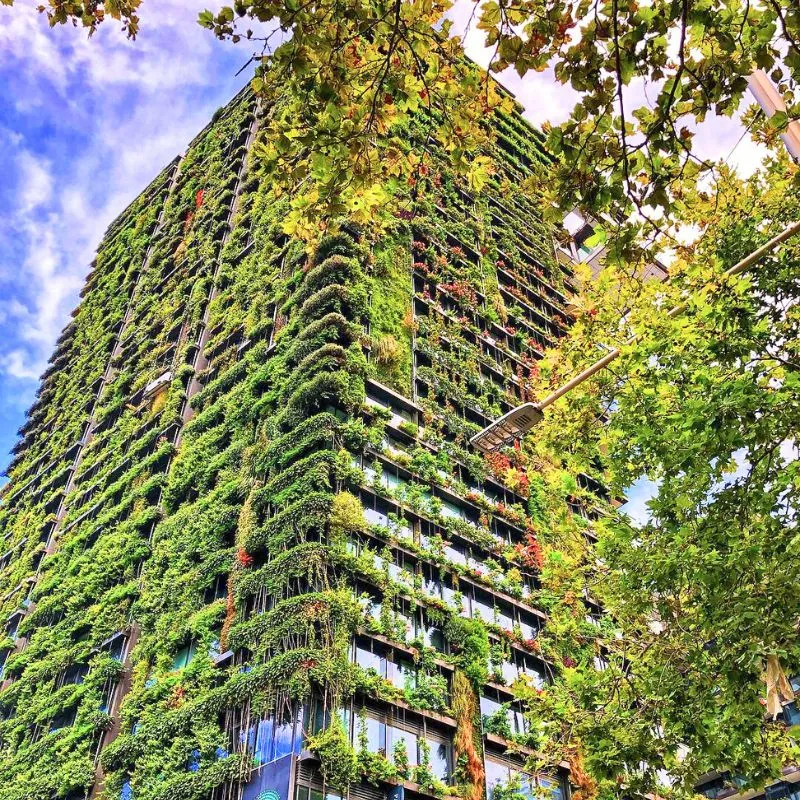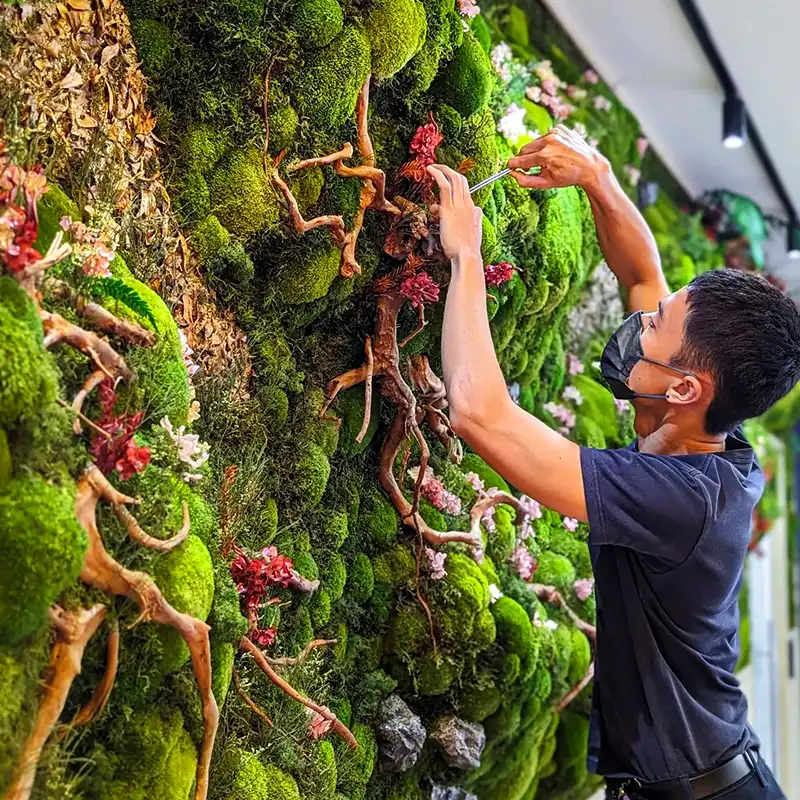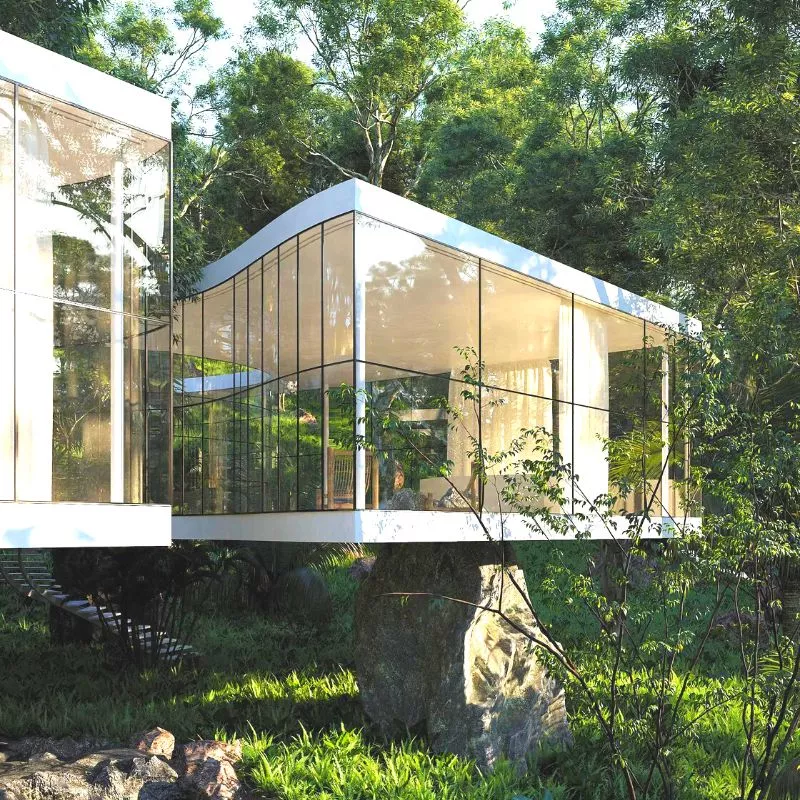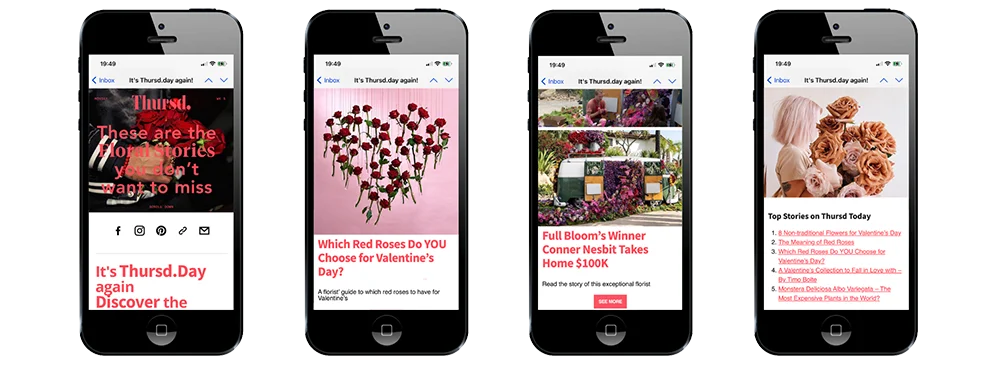Now more than ever, we need a greater connection with nature. Don't you feel the same?
As this is my first blog on Thursd.com, I'd like to take a moment to introduce myself. My name is Dr Vanessa Champion. I am the editor and founder of the Journal of Biophilic Design. For me, Biophilic Design is an essential key to helping create happier, healthier, and more sustainable environments for all.
But what is Biophilic Design and why is it important? Let me share a personal story, which was the impetus that compelled me to set up the Journal and campaign for Biophilic Design on a global scale.
Six years ago, my mother was rushed into the hospital. They just got her stable, but she was looking at four white walls and a dustbin. As this was the UK NHS, we were not allowed to bring plants or flowers into the ward. It was, like nearly all wards, soulless, lifeless, and depressing. Her blood pressure was high, and she became delirious. It was so sad looking at that sterile atmosphere that, just to introduce some joy into the room, I brought in some of my photographs of nature printed on chemical-resistant metal (hospital grade). Long story short, she started looking at the images, smiling, then each day when I went in, her blood pressure came down, she was talkative, and was responding to treatment. She walked out of there. I had heard about Biophilic Design, but after this, I was compelled to explore exactly what the science was behind this 'biophilia effect', and so I started the podcast series and Journal to share my findings.
There is now a global shift in understanding and desire to learn about and implement Biophilic Design, to create better places to live and work, and also to reap the financial rewards. The flower industry is an integral part of this international Biophilic Design movement.
What Is Biophilic Design?
We need it inside our homes, workplaces, schools, and healthcare units, and we need it outside in our towns, cities, parks, and gardens. It’s not just about mitigating climate change by introducing more green canopy cover to reduce heat island effects and more vertical gardens to reduce sound and VOC pollution; it’s also about providing spaces that heal us psychologically and physically.
This trend to bring in more nature is shaping the way we live, work, and design our spaces—it’s at the heart of a global movement known as Biophilic Design, and it is 100% based on science.
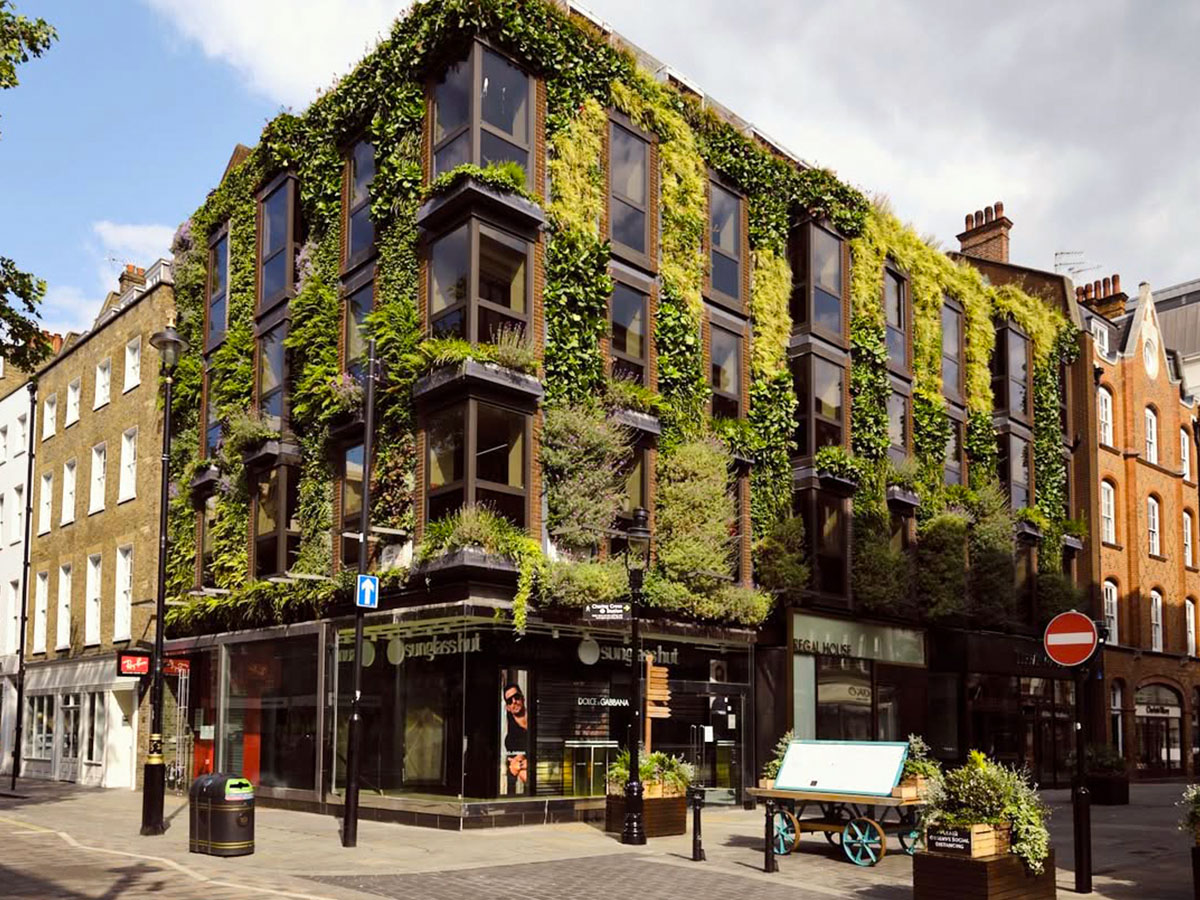
This design concept is growing in popularity not only in the design world but also among legislators and big business. Why? Biophilic Design is rewriting the rules of modern interiors and urban planning to help people flourish at work, to help patients heal faster, to reduce absenteeism, to reduce anti-social behavior in cities, to help children learn better at school, as well as the economic benefits that come with all these improvements.
For florists and the broader flower industry, this isn’t just a passing trend. It’s a powerful opportunity to deepen your craft, expand your impact, and tell richer stories about why flowers and plants matter.

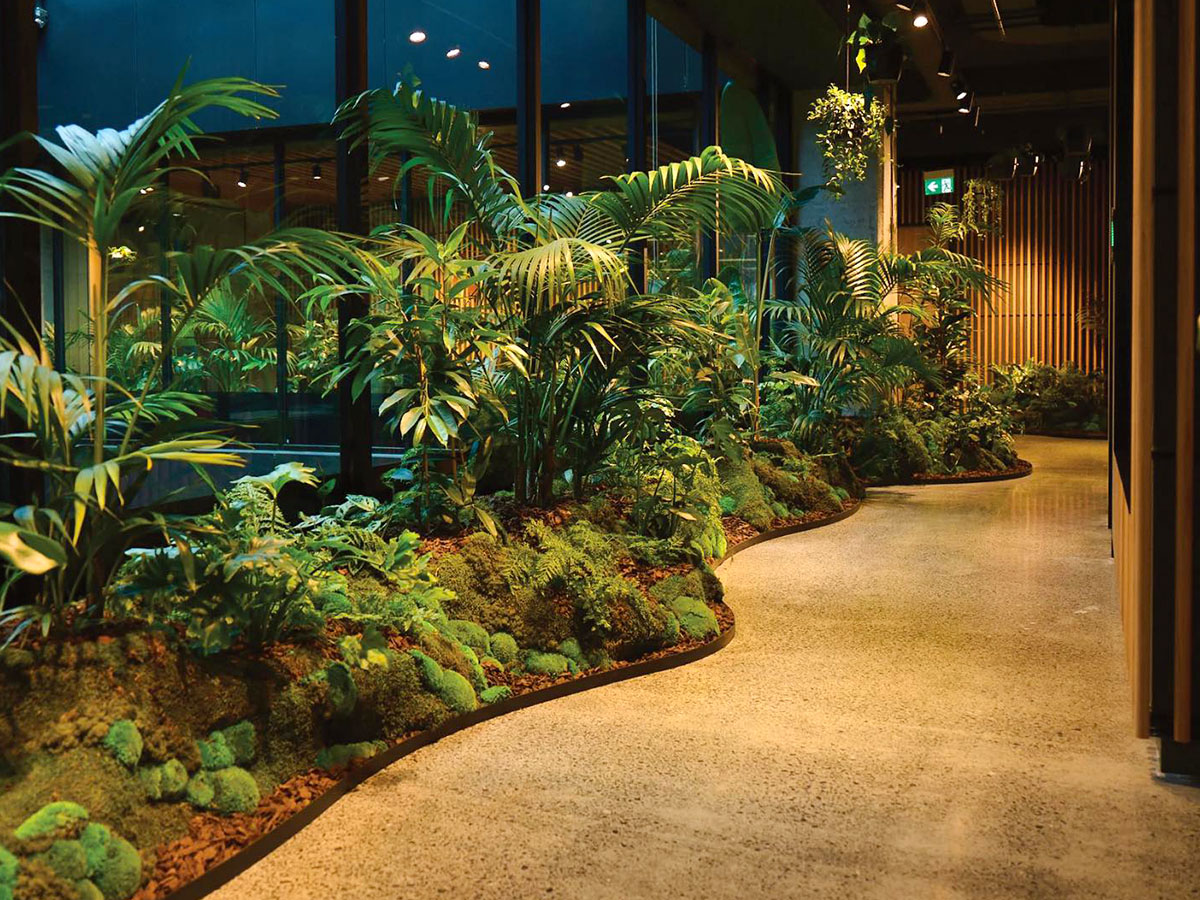
Businesses are asking for experiences that connect their workforce, visitors, and clients to their brands. With climate change and a global mental health crisis, they are also increasingly conscious of a greater need to include more natural elements, to improve wellbeing, and to tell a meaningful story. The flower industry already holds the tools to deliver this—but understanding why nature matters, and how to design with it, is what will set visionary florists apart. And this is where learning about Biophilic Design will enhance your business model.
The Journal of Biophilic Design serves as this bridge between scientific research, design innovation, case studies, and creative practice—helping professionals across industries, including florists and flower growers, see how a more constant connection to the natural world can transform the spaces we share for the physical and mental health of people and planet. And it’s good for the bank balance too.

Every issue looks at a different theme: Workplace, Healthcare, Education, Light, Neurodiversity, Environment, Third Age, Childhood, and more. In every issue, the Journal features plant designers whose work transforms entire environments—an inspiration for any florist looking to expand their vision. You can also learn about the science of Biophilic Design in the regular section covering new research, plus case studies, focus on wellbeing, neuroscience, city and urban design, how Biophilic Design supports ESG and Biodiversity Net Gains, mitigates climate change, and more. As well, of course, in each issue is a section dedicated to celebrating the role plants have in Biophilic Design. For it is this 'direct connection' to nature through real living plants which is the best solution for people and planet.
Opportunities for Florists and the Flower Industry
If you are a florist or a grower, consider starting conversations with your clients, architects, and interior designers. Ask them if they want spaces that heal, inspire, and encourage better overall performance. Articles and case studies in the Journal often highlight these kinds of collaborations, showing real-world examples of how collaborations can bring biophilic visions to life. You can download the relevant issue (Hotels, Healthcare, Education, Homes, Workplace, etc) and share the issue with them to help explain why they need more plants and flowers in their location.

Understanding Biophilic Design opens fresh opportunities for florists, both creatively and commercially. Florists can position themselves as advisors who understand not only how to arrange flowers beautifully, but also how to use them strategically to enhance wellbeing in spaces like offices, hotels, and healthcare facilities.

Rather than focusing on single events, flower growers and florists can create programs that change with the seasons, echoing nature’s own cycles and offering clients a living, evolving narrative. Doing this from an informed place, learning from content published in the Journal, will level up business.
The Journal of Biophilic Design: Why It Matters
So why should florists read—or even contribute to—The Journal of Biophilic Design? Because it offers a window into a growing global movement that places living nature, including flowers, at the center of how we design homes, workplaces, and public spaces. The Journal bridges gaps: between science and design, between large-scale architecture and the fine art of floral work, and between practical business concerns and visionary thinking.
For florists, this broader perspective opens new creative territory. Flowers become more than decorative accents—they are living, sensory-rich elements that shift with the seasons and engage people emotionally and physically.
A bouquet isn’t just beautiful; it becomes part of an ecosystem of design choices that support human wellbeing.
The Journal of Biophilic Design often showcases these deeper stories: why a certain color palette calms us, how fragrance shapes memory, and why natural materials resonate more deeply than artificial ones. This knowledge helps florists move beyond instinct to an evidence-based understanding of their art.
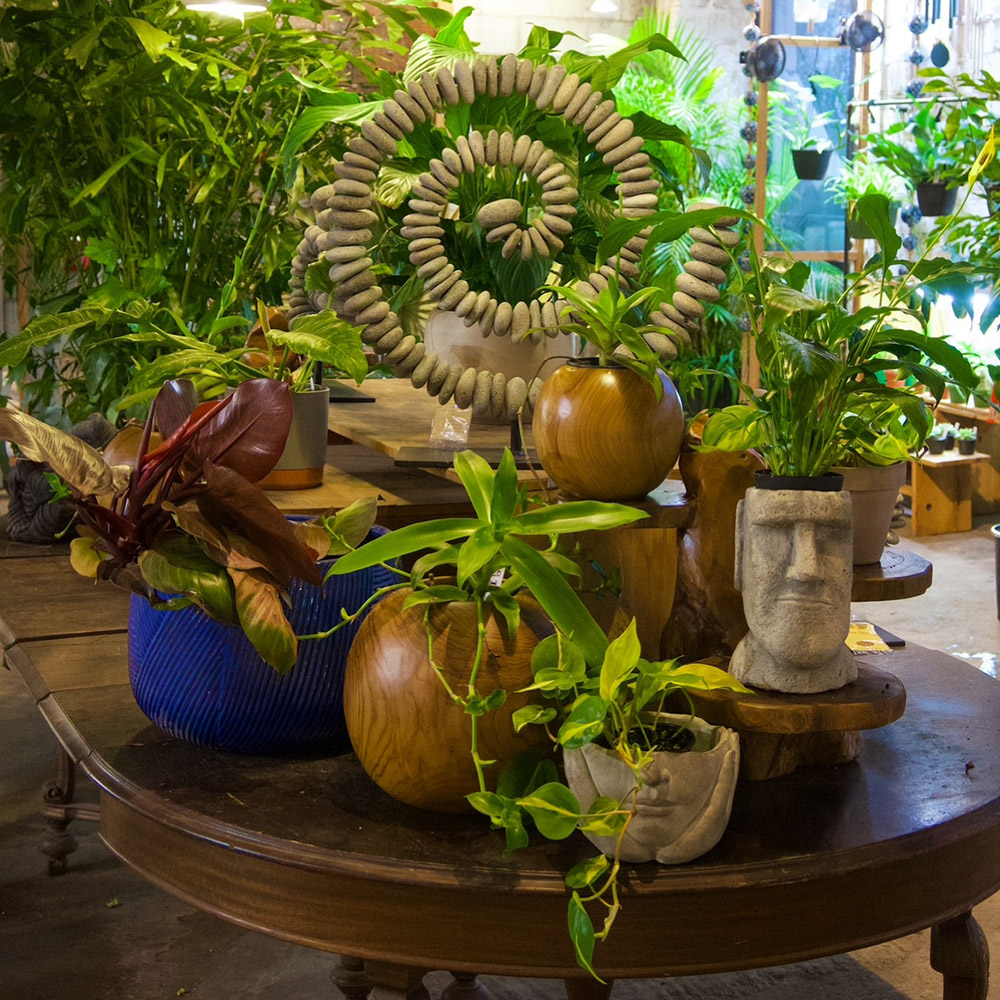
The Unique Power of Flowers in Biophilic Design
Sensory design is a key element of Biophilic Design, and floral displays can provide a multisensory experience in one hit. Florists who embrace Biophilic Design can harness these qualities in new ways: creating immersive experiences, collaborating on large-scale installations, and using flowers as tools to bring nature’s rhythms indoors. Biophilic Design isn’t just a design philosophy—it’s a call to rethink how we live and work in relationship with nature. And flowers, with their color, scent, symbolism, and life cycle, have a unique power to bring these ideas to life. For the flower industry and individual florists, this is more than an opportunity; it’s a responsibility to show the world why flowers matter—not only for beauty, but for wellbeing, connection, and joy.
The Journal of Biophilic Design exists to support that vision, offering a platform to learn, share, and inspire. By embracing the principles of Biophilic Design, florists can help create spaces that truly bloom—inside and out.
Why not join them at their second annual Biophilic Design Conference held near the UK Parliament in Westminster on 17th November 2025?
And do follow the podcast series on Audible, Spotify, iTunes, Amazon Music, and all RSS feeds, search “Journal of Biophilic Design” for interviews with ecologists, designers, landscape architects, interior designers, neuroscientists, lighting and acoustic experts, and more. Follow on social media 'Journal of Biophilic Design'. This is our Facebook and Instagram link. And we have a YouTube channel where you can find inspirational stories and interviews, like this one I had in December 2024 with singer, healer, and founder of The Dreaming, Charlotte Church:
Photo Credits: Vanessa Champion for www.virtualnaturewalls.com. Feature image by @sara.n.co.

